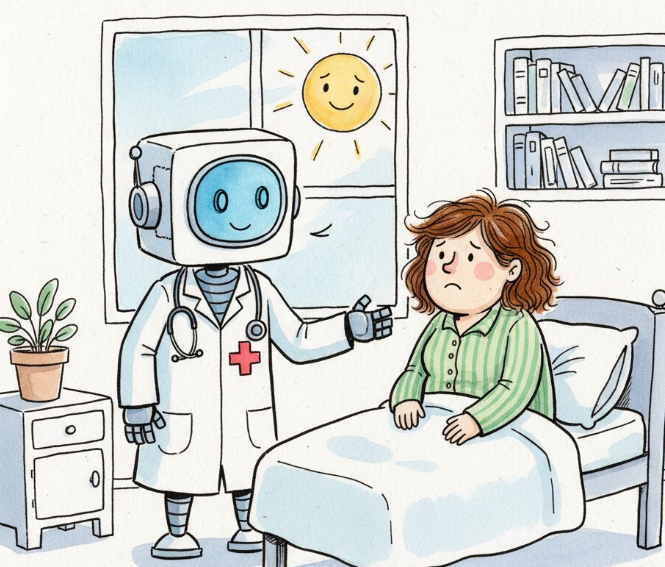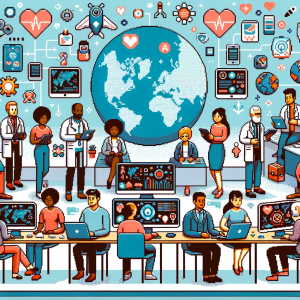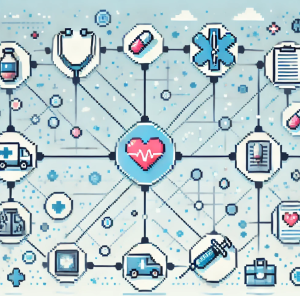
Three Ways AI Is About to Change Public Health Work
Public health is moving faster than ever—and AI is now shaping how we lead, learn, and respond. A new Journal of Public Health Management & Practice article lays out what the workforce needs to thrive in the AI era. Here are the top three takeaways you need right now.
1. Leaders Must Talk About AI—Not Avoid It
Many public health workers worry that AI could cause mistakes, privacy risks, or even job loss. The article makes one thing clear: leaders have to name those fears out loud. When leaders encourage open conversation, test ideas in small pilots, and focus on worker protection, AI stops being a threat and becomes a tool.
Why it matters: Staff are already using tools like ChatGPT at home. Public health leaders who ignore this lose control of the conversation. Leaders who engage early help build trust and help their teams use AI safely and ethically.
2. Workers Need Training in the “Why,” Not Just the “How”
The article pushes a key idea: AI training must start with principles, not products. Workers need to understand the basics—how AI works, where it helps, where it fails, and how to prevent bias or inaccurate outputs.
Once workers have this foundation, they can redesign workflows, draft press releases faster, improve surveillance efforts, and summarize meetings with less burnout.
Why it matters: Public health already struggles with understaffing and overwhelming workloads. Training that builds confidence, not confusion, will decide whether AI reduces burden or adds to it.
3. Every Agency Needs a Safe, Approved AI Toolset
The article stresses that workers shouldn’t guess which tools are allowed. Agencies need a shared, trusted AI toolkit that matches their policies, data rules, and community needs.
This is where tools like Trawly (PubTrawlr’s RAG-based system) come in. Instead of sending staff to random chatbots, Trawly gives them:
- Evidence-grounded summaries
- Search across vetted public health and community data
- Equity-focused results
- A safe environment that avoids hallucinations
This is exactly the kind of curated, purpose-built AI resource the article says public health workers need.
The Bigger Picture
AI isn’t here to replace the public health workforce. It’s here to shrink the time between “problem” and “response,” improve equity, and help communities get the right information faster. The article’s message is clear: agencies that prepare their people now will lead the next era of public health practice.
Which takeaway feels most urgent for your community? Share this post and keep the conversation going!



